Some Hoya in habitat photos
tropicbreezent
11 years ago
Related Stories
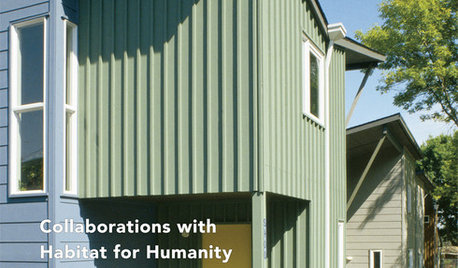
ARCHITECTUREHabitat for Humanity Takes a Modern Tack
The longtime nonprofit has half a million homes around the world under its belt. A new book details some of the noteworthiest
Full Story
GARDENING FOR BUTTERFLIESBring on the Birds: Natural Habitat Ideas for Gardens of All Sizes
Provide nesting, watering and perching spots inspired by the Costa Rican jungle and watch the birds flock on over
Full Story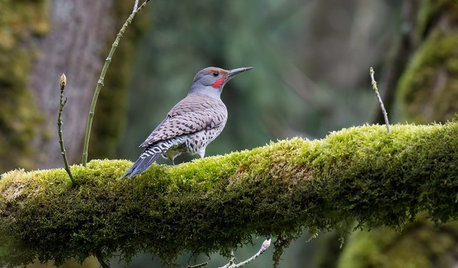
GARDENING GUIDESBackyard Birds: Healthy Home Habitats for Northern Flickers
These colorful woodpeckers found across the U.S. and Canada love berries, seeds and ants and often nest in deep burrows in trees
Full Story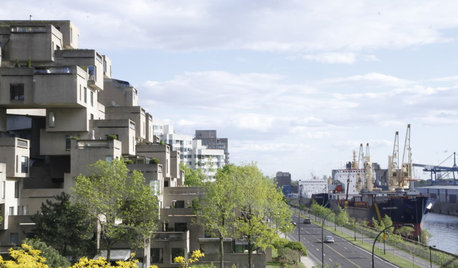
HOUZZ TOURSMy Houzz: Look Inside Montreal's Famed Habitat 67 Complex
Moshe Safdie's revolutionary apartments opened in 1967; see how one owner has renovated her space to make it work for today
Full Story
MOST POPULARHomeowners Give the Pink Sink Some Love
When it comes to pastel sinks in a vintage bath, some people love ’em and leave ’em. Would you?
Full Story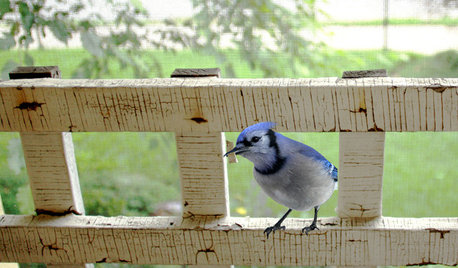
GARDENING FOR BIRDSBackyard Birds: Meet Some Clever and Curious Jays
Boisterous jays provide plenty of backyard bird-watching in winter. Here’s how to identify all the varieties and welcome them into your yard
Full Story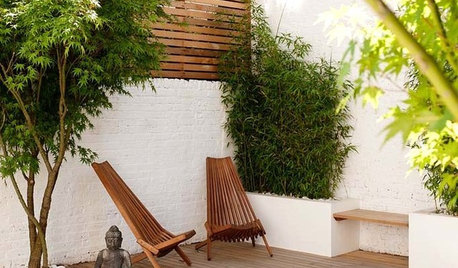
GARDENING AND LANDSCAPINGGive Your Compact Patio Some Major Style
11 ideas and examples to take your outdoor room from snoozefest to stellar
Full Story
HOUSEPLANTSPlay Up Some Fiddleleaf Figs for a Lively Indoor Tune
Strike a dramatic chord in a minimalist scene or a country note in a rustic setting — fiddleleaf fig plants harmonize with any style
Full Story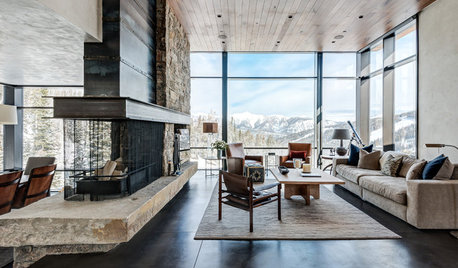
PHOTO FLIP101 Rooms With a Vacation-Worthy View
Give yourself a visual treat with these dreamy landscapes
Full Story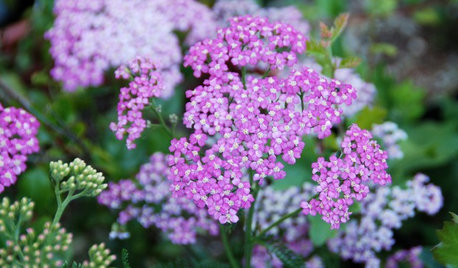
GARDENING GUIDESGreat Design Plant: Achillea Millefolium for Dry California Gardens
Yarrow attracts painted ladies and scares off garden thugs in native habitats and vegetable gardens
Full StorySponsored



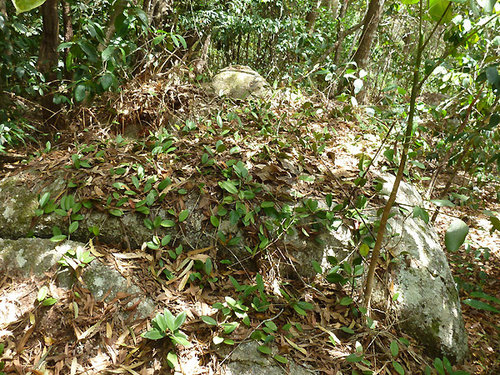

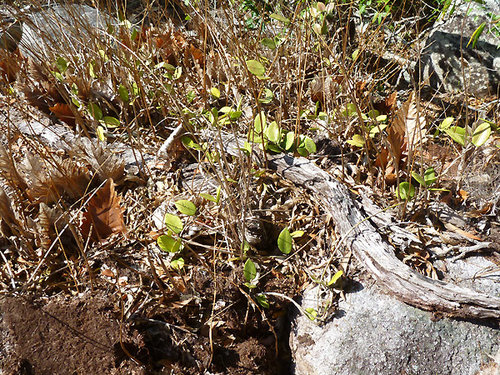

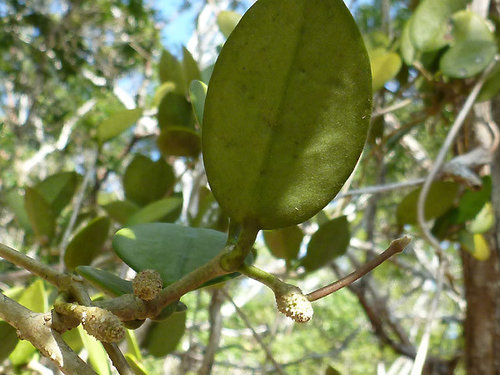
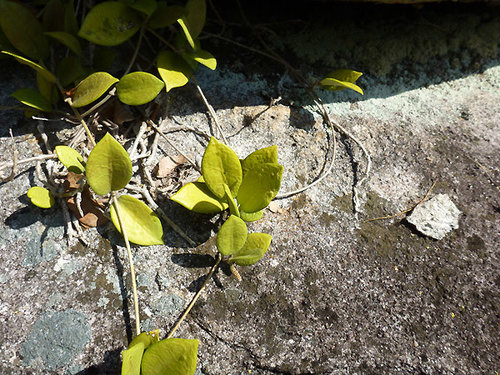
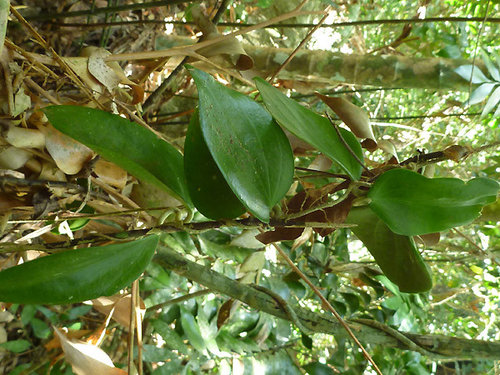

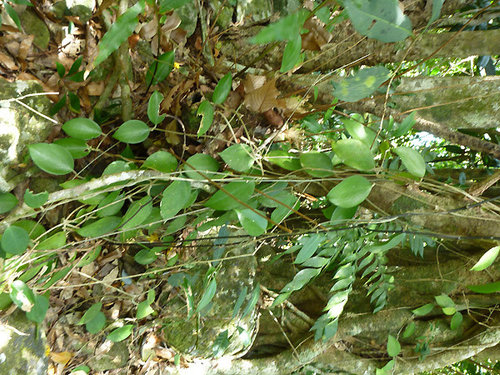
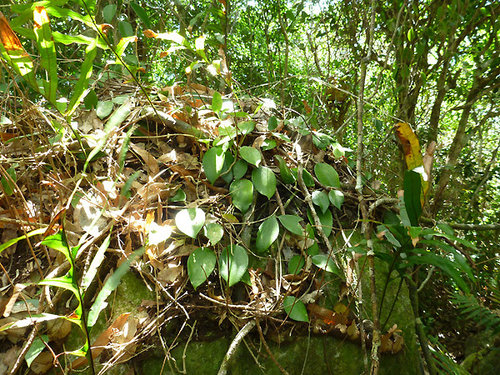
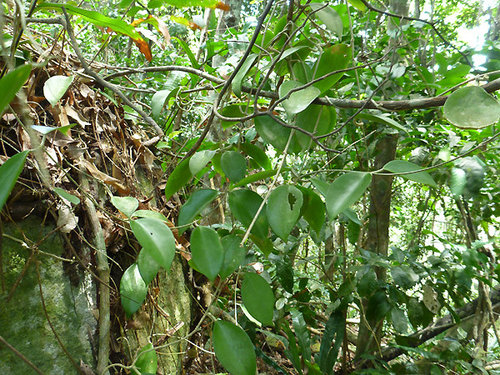
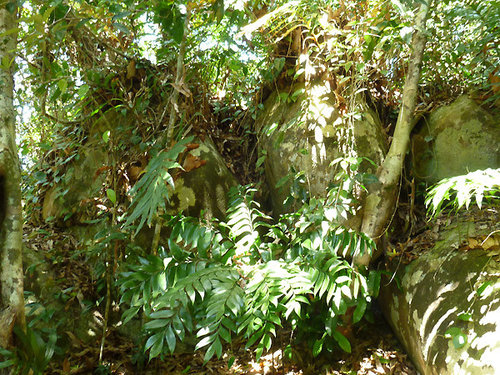
dutchplant
Klea
Related Discussions
Pinus eldarica photos in habitat?
Q
WANTED: Some small Hoyas, have lots to offer...
Q
Get your printers ready, Hoya habitat info
Q
Why do some hoya lovers get rid of plants to "make room for new hoyas"
Q
ohmybloomers
meyermike_1micha
tropicbreezentOriginal Author
greedygh0st
tropicbreezentOriginal Author
greedygh0st
tropicbreezentOriginal Author
mdahms1979
Paphia
greedygh0st